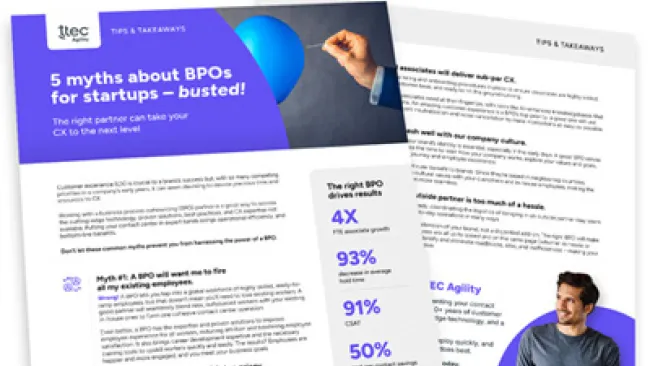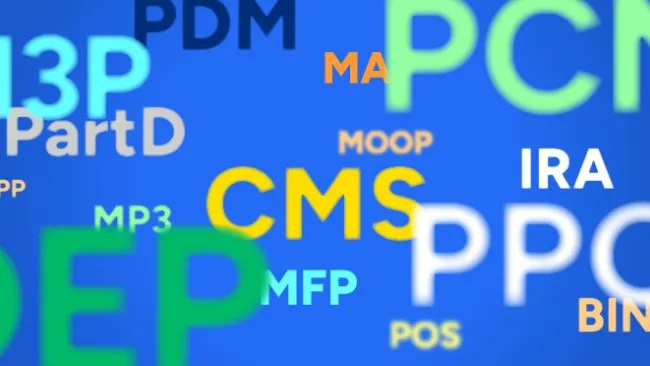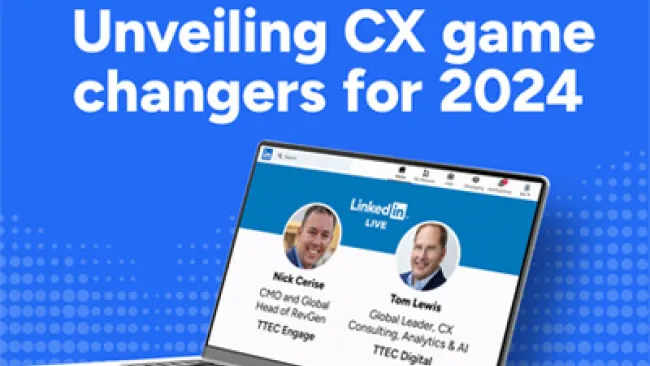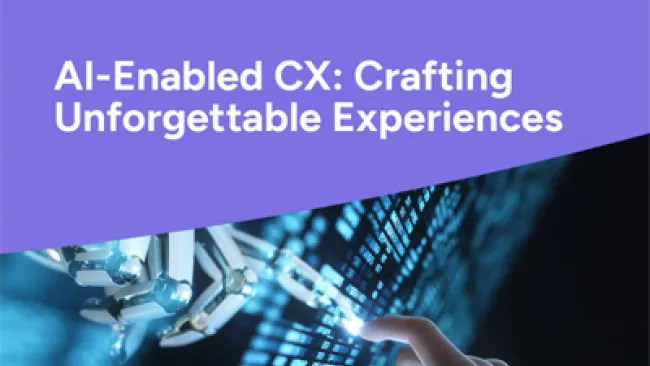The recent airbag recall of more than 30 million vehicles by Takata has drivers concerned about whether their cars are safe, and confused about what to do next. It also has automakers concerned about how to handle the recalls and ensure that all their cars and customers are safe. They face regulatory, brand, liability, and cost pressures to manage such an enormous undertaking.
Recalls are “moments of truth” in OEMs’ relationships with their customers. But, they tend to be challenging and costly to manage. First, not all drivers act on a recall. On average, less than 80 percent of drivers take their cars to be repaired when a recall is announced. It's also hard to find drivers, especially when a recall involves older model cars that may have been resold. On the service side, a recall of this scale means there will be demand volatility for repairs at dealerships, causing a strain on the supply chain for new parts and on customer service for timely repairs and support questions. A strategic approach can mitigate some of these potential risks.
It's becoming harder and harder to capture customer attention. Recall notices are simply more white noise in the background of many consumers' lives. To stand out as actionable communication, we recommend four best practices from the marketing world that will lead to higher response rates, lower operational costs, and a smoother overall process. They tie into the overall business trend of providing consumers with more relevant and valuable interactions. And each cuts to the heart of a great customer experience: treating different customers differently.
1. Think like an analytics-enabled marketer
Not all customers are alike. That's why it's important to find out their motivations and tailor outreach in a way that's relatable to individuals. Some people are very technical, and want to know about the recall specifics. Others are extremely safety-conscious and will move quickly to fix their vehicle. While still others have jam-packed schedules, use their car for business purposes, or only have one vehicle in the family, and can't give up their car for a few hours, even for a recall. It's important to understand these and other distinctions among your customer base. With the knowledge of why certain customers will or won't take their car to be repaired, OEMs can reach out in different ways with different messaging.
With analytics, customer data can be combined and analyzed to reveal certain behavioral and needs-based distinctions to create relevant customer segments. Once the domain of marketing only, these tools can help in the compliance department, too.
And, don't forget about used car owners who may also be affected by the recall. Though it is more difficult to find them, it is possible with a little sleuthing with safe haven data partners to identify owners and their contact information through publicly available records.
2. Get predictive to prioritize outreach
It's not enough to identify customer segments. Predictive modeling can determine which groups are more likely or not to get repairs. Behavioral history can inform OEMs about which groups need extra attention and encouragement. For example, some customers may not have time to drop off their car for repairs. Knowing who those people are, automakers and dealers can offer a mobile repair team to come to them, or meet them with a loaner car for the day of the repair. Others may have a history of calling in with questions. In that case, outbound reps can proactively call those customers to explain the details and set up appointments. Going the extra mile and offering such incentives–especially with recalls associated with major safety risks–is well worth the cost/cost avoidance.
3. Interact in an omnichannel way, taking advantage of digital
Take advantage of all the channels that your customers use – email, search, online, mobile web/text, social media, and more. Dynamic websites, interactive knowledge bases, and live chat features can walk confused customers through a website or mobile device to answer their questions, for example. More advanced help can be offered with on-demand inbound contact centers dedicated to recall assistance. Digital targeting display ads and contextual ads can point consumers to the right information when they search. The key is to integrate and coordinate these channels to remove any friction on the part of the customer. Ensure that the experience is consistent, regardless of the channels customers use to interact.
4. Reward customers for having their cars repaired
You catch more flies with honey. In this case, the honey can be an incentive to encourage drivers to bring their cars in at preferred times. A simple gift can go a long way to spur customer action and engagement. It shows that the company cares about consumers instead of just having a pure compliance focus. And, people like to get stuff for free. They are more inclined to act if there is a reward at the end.
Each of these recommendations will help automakers achieve the key business outcomes of a recall: maximizing repairs, improving compliance, being responsive to customers, and reducing overall costs.
Click here to learn about our auto customer recall management solution.
Also, check out the most recent issue of our eNewsletter.
Related Content:
Article: Innovation Drives Customer Experiences
Case Study: A Proactive, Data-Driven Approach to Lease Loyalty
White Paper: The Role That Technology Plays in the Automotive Customer Lifecycle
Four Ways to Handle Recalls More Effectively

















